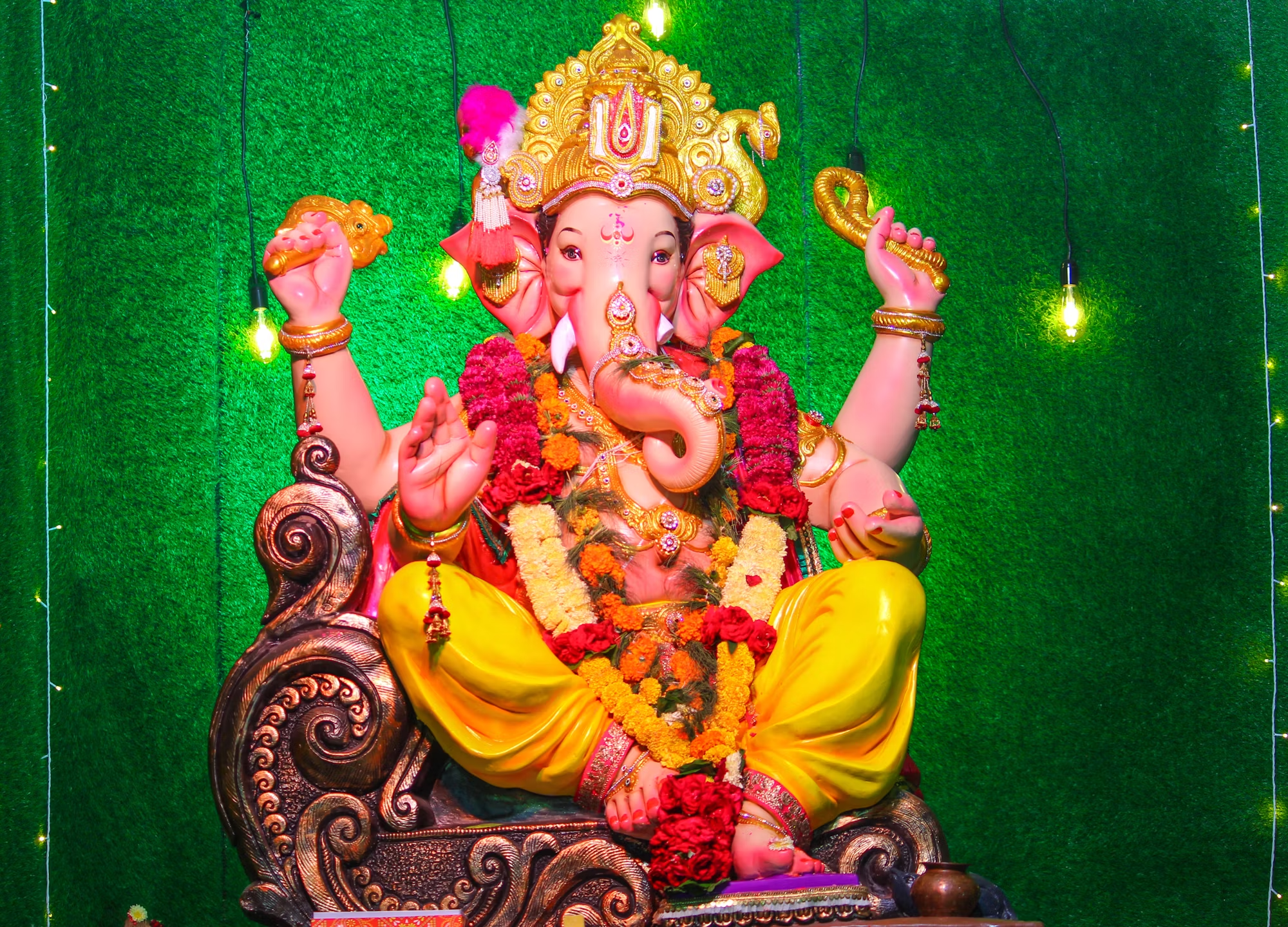In the world of cinema, the story often begins long before the first frame is shot. Filming locations play a crucial role in shaping narratives, setting the mood, and enhancing the overall viewer experience. From iconic landscapes to urban environments, the choice of location can profoundly impact a film’s story, atmosphere, and even its cultural significance. This article delves into the art of filming locations, exploring how they contribute to storytelling and the unique qualities they bring to the cinematic experience.
When discussing filming locations, one cannot overlook the breathtaking natural landscapes that have become synonymous with certain films. For instance, the sweeping vistas of New Zealand in “The Lord of the Rings” trilogy not only provided a stunning backdrop but also helped to create a sense of the epic scale of the story. The lush greenery and majestic mountains became a character in their own right, immersing audiences in the world of Middle-earth. Similarly, the dramatic cliffs of the Italian coastline in “The Talented Mr. Ripley” added an element of allure and tension, perfectly complementing the film’s themes of obsession and identity.
Urban settings also play a pivotal role in films, shaping the narrative and reflecting the cultural landscape of the story. Movies like “Inception” and “The Dark Knight” transformed the city of Chicago into a character, utilizing its iconic skyline and architecture to enhance the storyline. The choice of a specific city can evoke certain feelings or ideas, influencing how audiences perceive the characters and their journeys. In these instances, the location is not merely a backdrop but a vital component of the film’s identity.
The significance of filming locations extends beyond their visual appeal; they often serve as conduits for cultural exploration. Films shot in specific locales can introduce viewers to different cultures, traditions, and histories, enriching the storytelling experience. For example, movies like “Eat Pray Love” offer audiences a glimpse into the beauty of Italy, India, and Bali, showcasing local customs and cuisines that become integral to the characters’ journeys. This cultural immersion allows viewers to connect with the story on a deeper level, fostering empathy and understanding.
However, the choice of filming location is not without its challenges. Filmmakers often face logistical hurdles when shooting on location, including weather conditions, local regulations, and the need to capture the essence of a place within a limited timeframe. Despite these challenges, many directors and cinematographers embrace the opportunity to shoot in real-world settings, as it adds authenticity and depth to their films. The raw beauty of natural landscapes or the hustle and bustle of city life often cannot be replicated on a soundstage, making location shooting a vital aspect of the filmmaking process.
Another interesting dimension of filming locations is the phenomenon of location tourism. Iconic films often lead to increased tourism in their respective shooting locations, as fans flock to see the places where their favorite scenes were filmed. This trend has turned certain sites into pilgrimage destinations for movie lovers. For instance, the town of Forks, Washington, became a popular tourist spot after the release of the “Twilight” series, with fans eager to experience the setting of the beloved saga. Such tourism can have significant economic benefits for local communities, creating jobs and supporting local businesses.
The relationship between cinema and location is also evident in the rise of destination filmmaking. With the globalization of the film industry, filmmakers increasingly seek out unique locations around the world to create visually stunning stories. From the deserts of Namibia featured in “Mad Max: Fury Road” to the snowy landscapes of Iceland seen in “Game of Thrones,” the search for extraordinary locations has become a key consideration in the filmmaking process. These destinations often provide a fresh perspective on storytelling, allowing filmmakers to explore new narratives that may not be possible in more familiar settings.
In addition to natural and urban landscapes, historical sites also play a significant role in cinema. Filming at locations with rich histories can add layers of meaning to a story, allowing filmmakers to draw connections between the past and present. For example, the use of historical landmarks in films like “Atonement” or “The King’s Speech” not only grounds the story in a specific time and place but also invites audiences to reflect on the historical context that shapes the characters’ lives. Such layers of significance enhance the viewer’s experience, making the narrative more resonant and thought-provoking.
As technology continues to advance, filmmakers are also finding new ways to utilize filming locations creatively. Drones and high-definition cameras allow for breathtaking aerial shots that capture the beauty of a location from angles previously unattainable. This technology enables filmmakers to showcase locations in innovative ways, turning the landscape itself into an integral part of the storytelling process. Such advancements have expanded the possibilities for filmmakers, allowing them to push the boundaries of traditional storytelling.
Ultimately, the art of selecting filming locations is an essential aspect of filmmaking that profoundly impacts the viewer’s experience. From the grandeur of natural landscapes to the vibrancy of urban settings, locations shape narratives, evoke emotions, and create memorable cinematic moments. As audiences become increasingly attuned to the significance of these locations, filmmakers are inspired to explore new settings, cultural narratives, and historical contexts, further enriching the cinematic experience.
In conclusion, the world of cinema is deeply intertwined with its locations. The choice of where a film is shot can enhance storytelling, deepen cultural connections, and provide audiences with an immersive experience that transcends the screen. As filmmakers continue to seek out diverse and captivating locations, the art of filming will undoubtedly evolve, allowing for even more imaginative and impactful storytelling in the future. The journey of cinema is not just about the stories told, but the landscapes that bring those stories to life, reminding us that every film is a unique exploration of both place and narrative.



